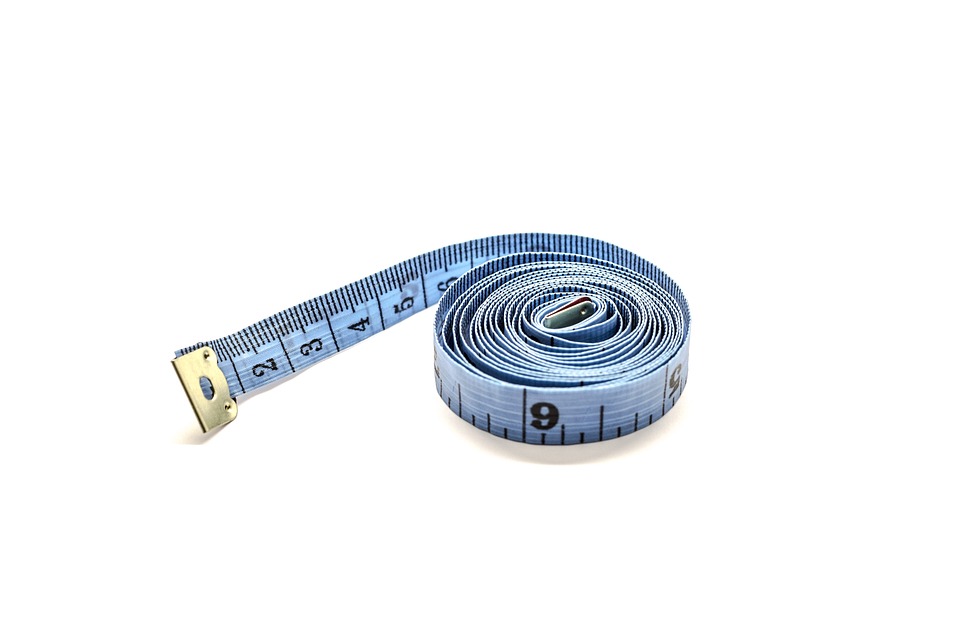Measuring the Magic of Morphing Fingertips: Unveiling the Effects of Growth on Uniqueness
As we grow and develop, our bodies undergo numerous changes that shape our unique characteristics. One fascinating aspect of human growth is the transformation of our fingertips. From the earliest stages of fetal development to adulthood, our fingertips undergo a remarkable metamorphosis, shaping our individuality. In this article, we’ll delve into the science behind morphing fingertips, exploring the effects of growth on uniqueness and the intriguing questions that arise from this phenomenon.
The Developmental Journey of Fingertips
Fingertips begin to take shape during the early stages of fetal development, around the 10th week of gestation. At this point, the fingers are mere buds, with the fingertips being the most distal (farthest from the body) part of the finger. As the fetus grows, the fingertips start to differentiate, forming the characteristic creases, ridges, and patterns that make each finger unique.
The Role of Genetics and Environment
Genetics play a significant role in shaping the unique characteristics of our fingertips. The patterns and creases on our fingertips are influenced by the interaction of multiple genes, which determine the shape and size of our fingers. Environmental factors, such as nutrition, health, and lifestyle, also impact the development of our fingertips, although to a lesser extent.
The Science Behind Morphing Fingertips
Studies have shown that the morphing process of fingertips is influenced by the interplay between genetic and environmental factors. Research has identified specific genes that regulate the development of finger creases and patterns, while environmental factors, such as nutrition and health, can affect the expression of these genes.
The Impact on Uniqueness
The morphing process of fingertips has a profound impact on our individuality. The unique patterns and creases on our fingertips serve as a fingerprint, making each person’s fingertips distinct. This uniqueness is not limited to the physical characteristics of our fingertips; it also reflects our genetic makeup and environmental influences.
The Curious Questions
As we explore the magic of morphing fingertips, several questions arise:
- How do genetic and environmental factors interact to shape the unique characteristics of our fingertips?
- Can we predict the development of finger creases and patterns based on genetic markers?
- How do environmental factors, such as nutrition and health, influence the expression of genes involved in finger development?
- Can we use the unique patterns on our fingertips to identify individuals or predict their characteristics?
Image:
[Insert an image of a fetus’s fingers developing, followed by an image of an adult’s fingers with unique patterns and creases.]
FAQs
Q: How long does the morphing process of fingertips take?
A: The morphing process of fingertips begins during fetal development and continues until adulthood, with the final shape and size of the fingertips being established around age 25.
Q: Can we influence the development of finger creases and patterns?
A: While environmental factors, such as nutrition and health, can affect the expression of genes involved in finger development, the final shape and size of the fingertips are largely determined by genetics.
Q: Can we use the unique patterns on our fingertips to identify individuals?
A: Yes, the unique patterns on our fingertips can be used to identify individuals, as each person’s fingertips are distinct.
Q: Can we predict the development of finger creases and patterns based on genetic markers?
A: While researchers have identified specific genes involved in finger development, predicting the development of finger creases and patterns based on genetic markers is still an area of ongoing research.
As we continue to uncover the secrets of morphing fingertips, we are reminded of the intricate and fascinating dance between genetics and environment that shapes our unique characteristics. By exploring the magic of morphing fingertips, we gain a deeper appreciation for the complexity and beauty of human development.



